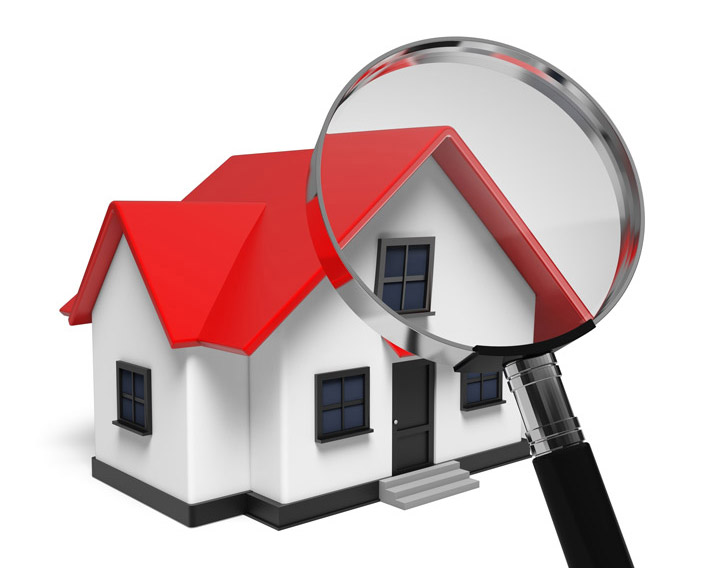
Making Sense of the Appraisal ProcessBuying real estate can be the most serious financial decision most of us might ever consider. It doesn't matter if where you raise your family, a seasonal vacation property or one of many rentals, the purchase of real property is an involved transaction that requires multiple parties to pull it all off. Most people are familiar with the parties having a role in the transaction. The most recognizable face in the transaction is the real estate agent. Next, the bank provides the money needed to bankroll the exchange. And the title company makes sure that all areas of the transaction are completed and that the title is clear to pass from the seller to the purchaser. So, what party is responsible for making sure the value of the property is in line with the purchase price? This is where you meet the appraiser. We provide an unbiased opinion of what a buyer could expect to pay — or a seller receive — for a parcel of real estate, where both buyer and seller are informed parties. A licensed, certified, professional appraiser from Faylor Appraisal Services will ensure, you as an interested party, are informed. The inspection is where an appraisal startsTo ascertain an accurate status of the property, it's our responsibility to first complete a thorough inspection. We must physically see aspects of the property, such as the number of bedrooms and bathrooms, the location, amenities, etc., to ensure they really exist and are in the shape a typical buyer would expect them to be. To make sure the stated square footage is accurate and convey the layout of the home, the inspection often entails creating a sketch of the floorplan. Most importantly, the appraiser identifies any obvious features - or defects - that would affect the value of the house. After the inspection, we use two or three approaches to determining the value of real property: a sales comparison, a replacement cost calculation, and an income approach when rental properties are prevalent. 
Cost ApproachHere, we use information on local construction costs, the cost of labor and other factors to derive how much it would cost to construct a property nearly identical to the one being appraised. This estimate commonly sets the upper limit on what a property would sell for. The cost approach is also the least used predictor of value. 
Analyzing Comparable SalesAppraisers become very familiar with the communities in which they work. They thoroughly understand the value of particular features to the homeowners of that area. Then, the appraiser researches recent transactions in close proximity to the subject and finds properties which are 'comparable' to the subject being appraised. By assigning a dollar value to certain items such as remodeled rooms, types of flooring, energy efficient items, patios and porches, or extra storage space, we add or subtract from each comparable's sales price so that they are more accurately in line with the features of subject property.
An opinion of what the subject could sell for can only be determined once all differences between the comps and the subject have been evaluated. When it comes to putting a value on features of homes in Richland and Benton, Faylor Appraisal Services is second to none. This approach to value is typically given the most consideration when an appraisal is for a real estate purchase. Valuation Using the Income ApproachIn the case of income producing properties - rental houses for example - we may use a third approach to value. In this scenario, the amount of income the property yields is taken into consideration along with other rents in the area for comparable properties to derive the current value. Putting It All TogetherExamining the data from all approaches, the appraiser is then ready to put down an estimated market value for the subject property. It is important to note that while the appraised value is probably the most accurate indication of what a house is worth, it probably will not be the final sales price. Prices can always be driven up or down by extenuating circumstances like the motivation or urgency of a seller or 'bidding wars'. But the appraised value is typically employed as a guideline for lenders who don't want to loan a buyer more money than the property is actually worth. The bottom line is, an appraiser from Faylor Appraisal Services will guarantee you attain the most fair and balanced property value, so you can make the most informed real estate decisions. |